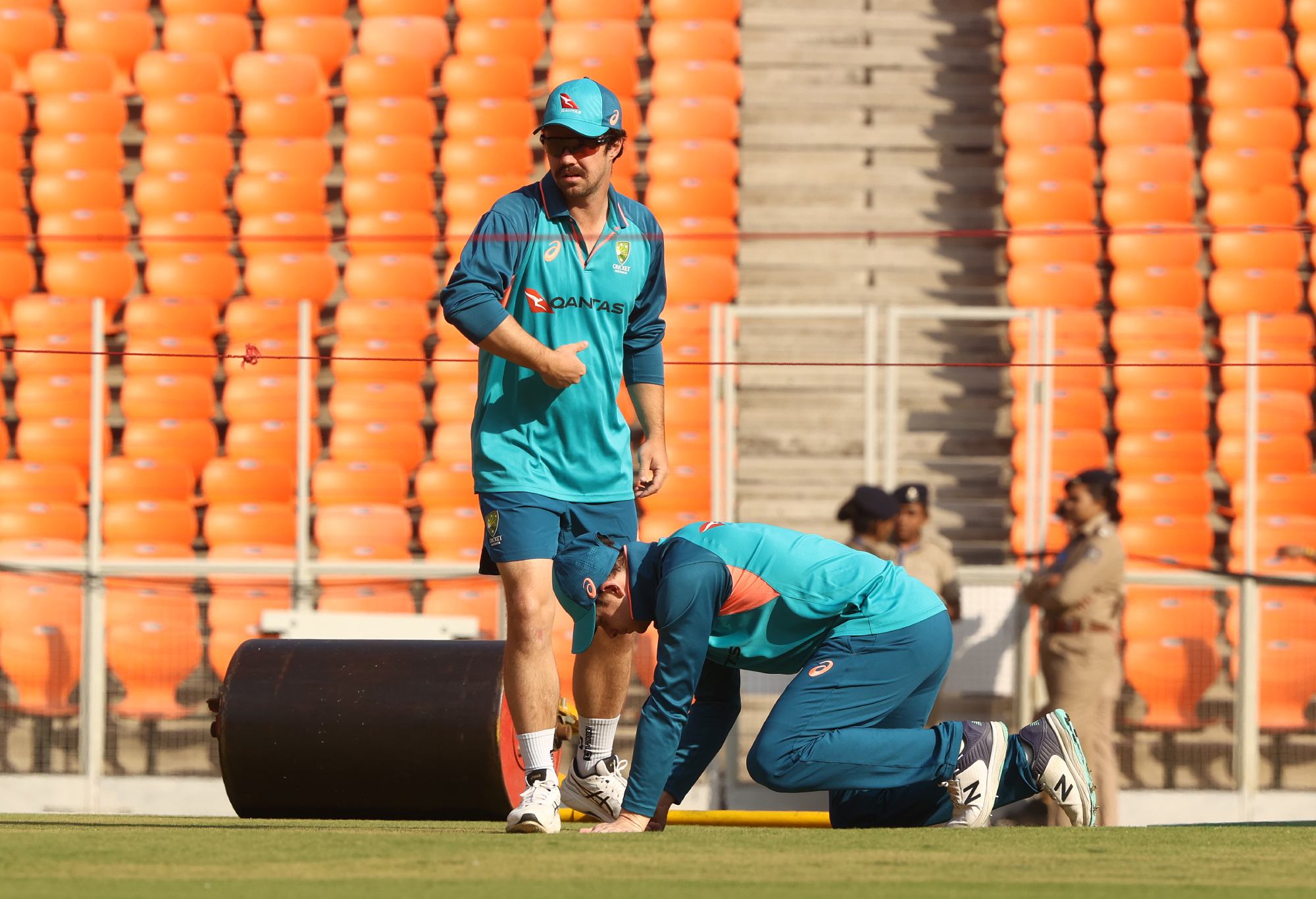Traditionalists will predictably kick up a stink but it’s time for the ICC to not only seriously consider four-day Tests but to make them a part of the Future Tours Programme.
It wouldn’t necessarily need to be every Test on the fixture list, they could be phased in over a few years but time is literally running out for the five-day format.
With the crowded international schedule getting more jam-packed every time the calendar turns, a reduction in days needed for Tests would be a major benefit.
Over the course of two FTP four-year cycles, it is estimated that almost a full calendar year could be freed up if Tests were held over four days, ideally Thursday to Sunday along the lines of golf tournaments.
It’s better to be pragmatic than living in the past or holding onto traditions for the sake of nostalgia.
But there would be more draws is the inevitable cry that will come from players, administrators and fans who prefer the status quo.
That is not necessarily so.
Parkinson’s Law is the theory that work will expand to fill the time allotted for its completion.
Have a look around your workplace or school, you will see many examples of people who fit that bill.
Test cricket has a similar effect. Players, umpires and coaches naturally know there are five days to get a result and adjust their actions accordingly.
Make it four and they will alter their behaviour.
Every nation doesn’t have to drink the Bazball Kool-Aid but many of them could do with having more intent to move the game forward.
And that applies to curators as well.

Travis Head and Steve Smith inspect the pitch in Ahmedabad. (Photo by Robert Cianflone/Getty Images)
Having four days on the schedule should encourage them to prepare more bowling friendly surfaces. Not the raging turners that we saw earlier this year a couple of times in India or the Gabba’s green monster from last summer but one that will give both teams a chance to push for 20 wickets.
Shaving a day off a Test’s duration can’t happen in a vacuum. If the overs are extended to 100, that would mean only 40 are lost over the course of the match from the current format.
Of course that would mean the game needs to be played faster. Over rates can easily be quickened up if umpires are empowered to crack down on time wasting.
Playing a second spinner would become beneficial. Most teams have three quicks and a seam-bowling all-rounder plus the obligatory tweaker.
Having a second quality spinner would be a massive advantage if they could take wickets and keep the over rate down.
And if rain strikes, keep a fifth day free as a non-travel day just in case – if the weather causes a major disruption, have the wriggle room up the sleeve built into the schedule so that a match can be finished, if possible, or that the players get their much-needed rest between never-ending fixtures for franchise, state and country.
There have already been four-day Tests and the concept of a permanent switch is far from new but the ICC, in characteristic fashion, has been paying lip service to the idea while dragging the chain on actually doing anything.

Australia celebrate with the trophy after beating South Africa in Sydney. (Photo by Cameron Spencer/Getty Images)
South Africa took on Zimbabwe in the first four-dayer with Test status in 2017. And it only lasted two days.
England have played Ireland twice under the reduced format and on both occasions it didn’t see the fourth day.
Twenty20’s arrival/encroachment on the calendar is less than 20 years old and as far back as 2009 the ICC was realising space needed to be created as cricket became a three-headed beast.
“We are examining is whether Test match cricket can be played over four days rather than five,” ICC president David Morgan said 14 years ago.
“We need better over rates, better pitches that give a good balance between bat and ball and we need to consider day-night Test cricket.”
Day-night Tests are still only a small part of the schedule but just like the four-day era that have already been given a try, they’re proven a worthwhile addition as part of cricket’s evolution rather than a radical tradition from the sport’s sacred cows.
Also in 2009, Adam Gilchrist, while giving the Cowdrey Lecture at Lord’s, called for a dramatic reduction in the number of Tests under the belief that quality over quantity is what will keep red-ball matches relevant in the era of the T20 explosion.
“To preserve [Test cricket’s] future, which we must – less is in fact more – we should go back to the future where there were fewer Test matches, but a lot more important ones,” Gilchrist said. “And where the best cricketers of the day played closer to 50 Tests in their career, not 150.”

(Photo by Ezra Shaw/Getty Images)
Fewer Tests on the calendar is inevitable and the modern-day greats are already likely to play a lot less red-ball internationals than the previous generation.
Quality over quantity should also mean getting four more intense days rather than dragging it out over five.
Tests are a loss-making exercise for most nations – cutting the length back a day will help the poorer nations make ends meet and not just focus all their attention on the T20 money spinner.
The likes of South Africa, who were a shadow of their former selves when they toured Australia last summer and are sending a substandard side to New Zealand, and the West Indies need all the encouragement they can get to uphold their Test traditions.
Anyone who has bought tickets to day four or five for either of the two Windies Tests next month in Australia is rather optimistic to say the least, particularly the day-nighter at the Gabba where the pink ball and the usually juicy pitch adds up to bad news for the visiting batters.
For the big three of Australia, India and England, let them play each other over five days if it suits them commercially – as long as each team plays by the same rules (not always a given when the BCCI is involved), then it’s not the end of the world if they’re going the full distance while other nations square off over four days.
The ICC needs to keep innovating to make relevant a format that was conceived a long time ago when six-month boat trips were required to play international matches so it made sense to duke them out over several days.
Test cricket is not dying but it needs to move with the times to avoid becoming a relic of the past.































































































